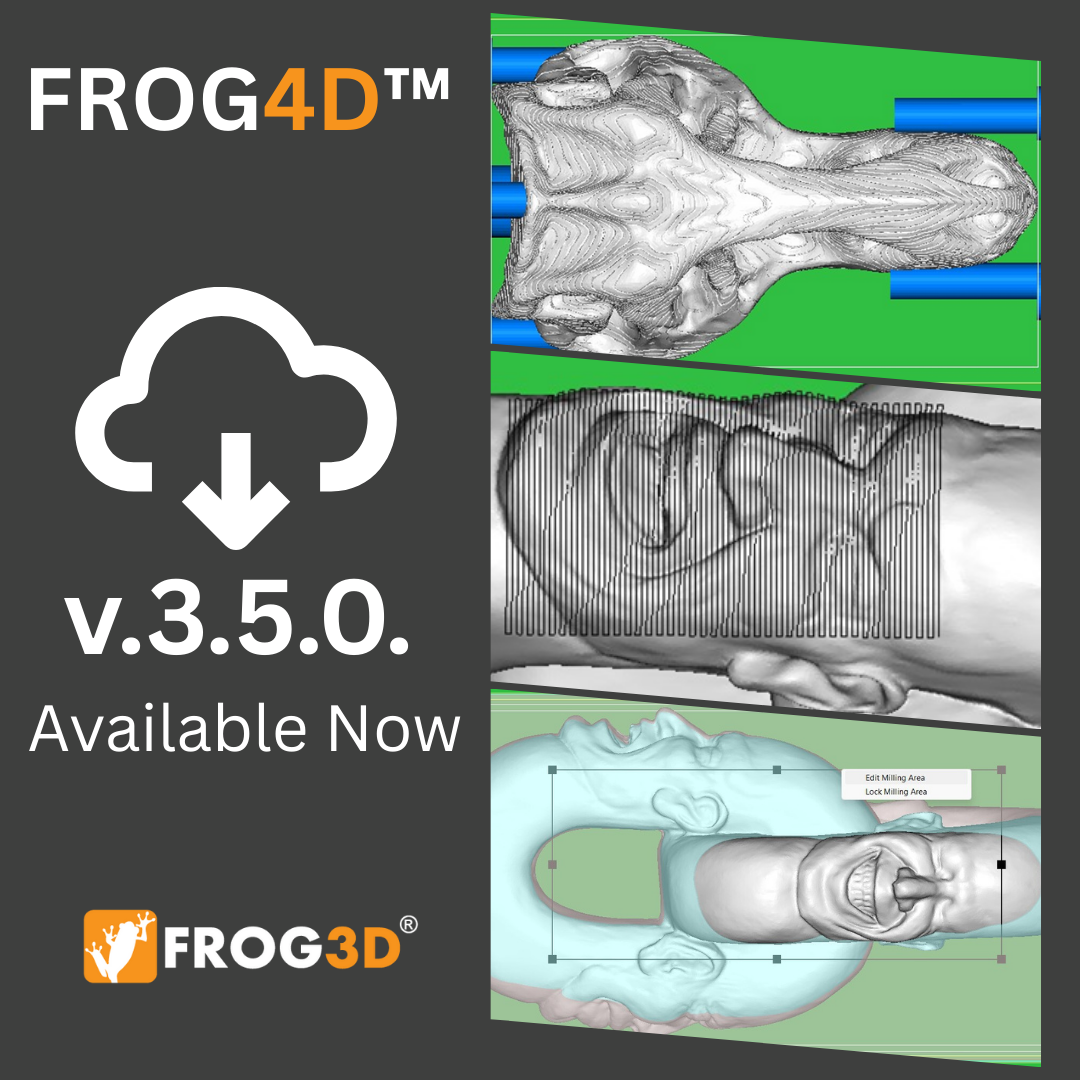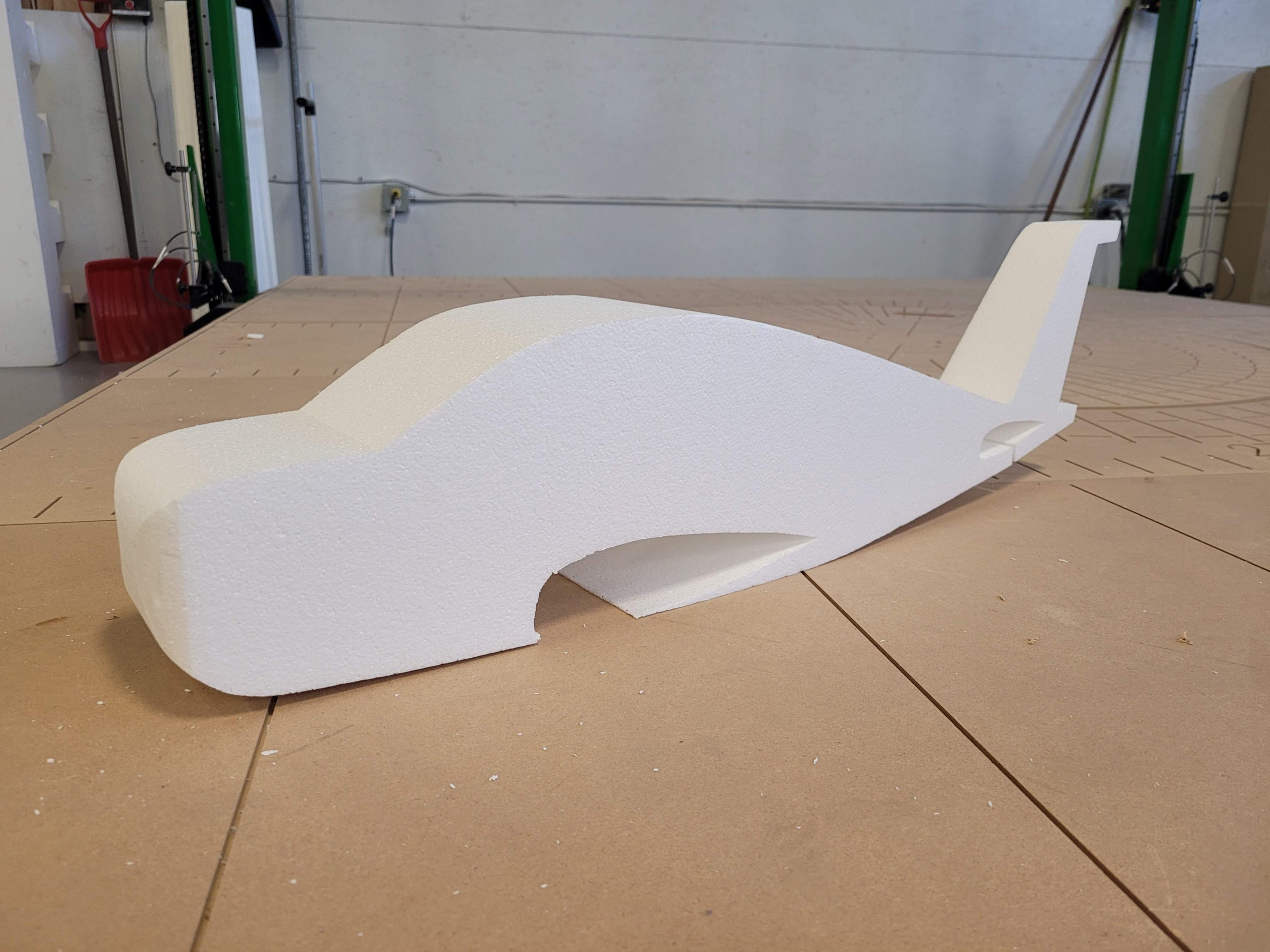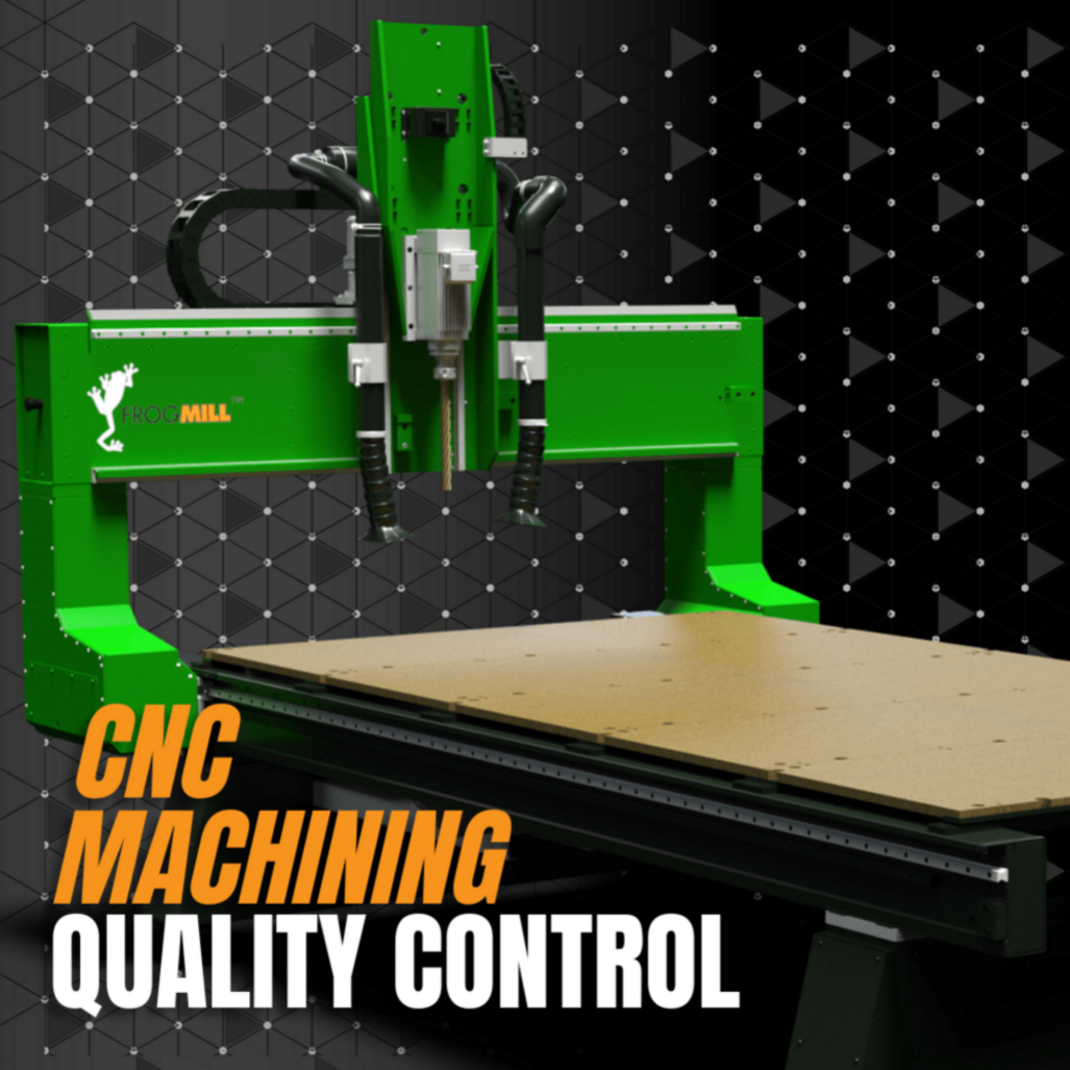Over the recent decades, reverse engineering has become an important aspect of product design and production processes utilized by manufacturers all over the world. Aerospace, software engineering, automotive, consumer goods, military, and manufacturing industries rely on reverse engineering when replicating a legacy part without documentation or drawings, analyzing and deconstructing a rival product, or modifying an existing one.
When designing a product, it can be a difficult process because of multiple factors such as time constraints and manufacturing limitations and this is where reverse engineering comes in handy. The manufacturing industry especially utilizes reverse engineering techniques for its rapid prototyping abilities and accuracy which are crucial in the production of new parts. Reverse engineering can help in the design process by decreasing time and cost and improving the quality of products.
What Is Reverse Engineering?
Reverse engineering is a process through which software, machines, architectural pieces, and other products are deconstructed to obtain design information from the parts. When a product is manufactured by someone else, it can be reproduced after examining its construction by disassembling or deconstructing the product, then analyzing its parts, after which you are able to produce something similar or the same. Reverse engineering is also referred to as “back engineering” because the process necessitates working backward through the primary design process. It involves deconstructing separate individual components of bigger products, and in a nutshell, the process allows you to determine how a part of the product was designed so that you can recreate it.
If you want to fully understand how something works, then you will need to deconstruct the device or product layer-by-layer and understand each individual component while you do this. One of the tricky things about reverse engineering is that you don’t always know how the product was actually designed so you have to utilize knowledge from the industry which the product comes from to figure out how each part works together.
Reverse Engineering In Manufacturing
Reverse engineering enables manufacturers to discover how the efficiency, power, and lifespan of equipment can be improved. The following factors summarize how manufacturers can benefit from reverse engineering:
Reduced Downtime
The wear and tear of machine parts can have a substantial impact on production capacity and output. As a result, the replacement of accurate and durable change parts is important to ensure machine alignment and efficiency. If you work with ill-fitting parts, it can cause long lead times and this can translate to excessive downtime which leads to financial losses for a manufacturer.
Through reverse engineering, a manufacturer is able to recreate the replacement parts that they require to keep their machines running smoothly and usually with superior materials that allow for timely processing or longevity of the machine parts while minimizing downtime.
Identifying Areas For Improvement
Over the years, equipment can deteriorate and what worked well in the past may not be efficient today or in the future. This is why proactive maintenance is necessary to identify where machines have degraded and have a plan to resolve the issue ahead of lost productivity. One of the main purposes of reverse engineering is to update older products for present use. When you learn more about a product through reverse engineering, you are able to create a new version of the device or product that meets current standards or technical requirements. Reverse engineering could include improving:
- A costly product by utilizing cheaper or more readily available materials
- A product that uses parts that don’t exist anymore
- A different company’s product to gain information about it
Cost Savings
Manufacturers who source original machine parts may experience long lead times and can be subjected to the high costs of acquiring the machine parts. Reverse engineering allows the production of improved machine parts which ensures that equipment is functioning at maximum efficiency, and this can help extend equipment use which translates into cost savings for the manufacturer.
Reverse engineering can also be utilized to develop new products that are compatible with systems or products that already exist. It can also be used to troubleshoot and repair problems with existing products. By knowing the manufacturing process and identifying areas that need improvement, manufacturers can remedy issues before they generate major problems. In the manufacturing world where competition is high, reverse engineering can also help manufacturers to produce complex and difficult products that discourage their competitors to replicate.
Applications Of Reverse Engineering
As A Learning Tool
Engineering technicians can benefit from studying a product to understand how its mechanical and electrical parts come together and this knowledge can be valuable for repairing products and also for designing future products. In this sense, reverse engineering is a useful tool for learning as it is possible to understand how existing components or systems function by working backwards and understanding all the key issues. Through reverse engineering, it is achievable to fix ineffective designs in order to improve the product and this method can be applied to components, assemblies, or even whole products.
To Manufacture An Improved Product
In the event that parts are no longer created but the technology or machinery is still utilizing these components, then being able to reverse engineer the parts is the only means to keep things functioning without replacing the whole system. This is a good way to attract new customers or retain customers who appreciate the superior quality or low cost of the product that you have provided with the knowledge gained through reverse engineering.
To Design Compatible Products
There are times when manufacturers only offer products that contain proprietary features. This means that you can only utilize accessories that the manufacturer produces due to a unique design shape or how the mechanical parts are supposed to fit together. With reverse engineering, companies can deconstruct machine features and create products that are more compatible with the tool or device, and as a result, provide a competitive option for potential customers.
To Preserve and Learn From History
Reverse engineering can be used for studying and preservation of cultural and historical items. Modern reverse engineering principles and technology are valuable for producing an archive of information and understanding our past. It allows us to understand ancient engineering functions and recreate digital and 3D-printed artifacts.
Facilitate Rapid Prototyping
A lot of the products manufactured today undergo several iterations before they are released from the assembly line, and this iterative workflow is known as rapid prototyping. It refers to the techniques implemented to develop physical prototypes or models of a product or component as quickly as possible to replicate a final product design. More recently, rapid prototyping has become the standard method for manufacturers to test and confirm design ideas before rolling them off to mass production, thereby lowering the risk of costly mistakes and delays.
Reverse engineering plays a vital role in this workflow and process, as it enables businesses to produce digital models of existing products or parts that can be utilized as the basis for rapid prototyping. For instance, automotive companies implement 3D scanners to capture manufactured parts that fit into an assembly and reverse engineer them as a baseline for new parts rather than starting with the original CAD files. This process accelerates the product development process in addition to improving the end product.
Reverse Engineering With Streamline Automation’s FROG3D® System
In the competitive and demanding field of reverse engineering and prototyping, fabrication technology needs to be fast, flexible, and precise, while being able to actualize even the most creative and intricate designs without incurring high costs or delaying timelines. The FROG3D® system has proven to be highly effective in fulfilling these needs and provides a complete CNC fabrication solution for businesses that specialize in reverse engineering and rapid prototyping. Our equipment is engineered to excel at custom and creative fabrication challenges and gives you total control over your projects. Streamline Automation’s FROG3D® equipment has proven successful in a broad range of industries including aerospace, healthcare, automotive, packaging, and beyond and it can produce objects of any scale, of any degree of complexity very easily and quickly.
The reverse engineering and prototype design process is complicated enough without needing to rely on dated manual fabrication techniques or restrictive and costly equipment. From exacting 3D scanning technology to powerful 3D 4-axis CNC routers to precision-driven hotwire foam cutters, FROG3D® equipment and systems provide substantial improvements to the speed, precision, and expense of reverse engineering, thus making the companies that use it more effective, more competitive, and more successful.
Exceeding industry standards, we achieve precision and superior finishes with our CNC machining tool which is an industry-standard for delivering superior results when fabricating materials such as plastic, metal, wood, and other materials. An advanced computer program guides the CNC machining and router tools to deliver consistent and precise finishes. CNC allows engineers and designers to invest more energy into the initial planning stage of prototyping parts to reverse-engineer. This is in addition to the modelling, testing, and quality control techniques so that the calibre of work is unsurpassed.
FROG3D® Tools For Reverse Engineering
With FROG3D® equipment, you can easily generate 3D models through 3D scanning, digital design, or converting 2D files with the touch of a button. You can also approach projects of any scope or complexity with tight tolerances and exacting specifications with total confidence. Reverse-engineering a physical part consists of taking the existing physical model and reproducing its surface geometry in a 3D data file on a CAD system. The following is a guide for FROG3D® equipment that will make reverse-engineering your next project a breeze.
FROGSCAN™ FLASH-Peel 3
Using advanced white light technology, our high-quality scanner FROGScan™ Flash-Peel 3 will capture a digital 3D scan in seconds and in colour with high-quality geometry. It reduces the time it takes to integrate real-life objects into digital 3D models from a hand-held device. In addition to its superior 3D data acquisition capabilities, FROGScan™ Flash-Peel 3 includes 3D scanning software which offers post-processing capabilities such as scan alignment and merging. It is offered as a standalone, portable solution that can be transported and set up easily when and where it is required. The 3D model can be adjusted, duplicated, or worked into a negative mold depending on project requirements. Once the scan is complete, the scanned file can be edited and prepared for production using FROGWare™ software, after which it can be passed to the FROGMill™ for accurate replication or enlargement.
FROGMill™
The FROGMill™ is the industry’s most powerful 4-axis CNC foam carving router available. The 4th axis offers index-cutting capabilities which allow it to create full 3D carvings from a single piece. The FROGMill™ 4-axis CNC router creates production efficiencies while providing you with the accuracy and detail required to create detailed projects. Its precision-engineered and strong steel construction offers the strength and rigidity required to remove vibration and maintain accurate tolerances to ensure maximum resolution and accuracy. This equipment is engineered to handle a maximum of 1,000 lbs for the milling of heavy materials such as wood. The FROGMill™ runs on an easy-to-use Windows-based software which is the interface between the operator and FROGMill™. Machining is made possible with little or no experience thanks to the user-friendly interface. The FROGMill™ 4-axis CNC router is engineered to work with all other FROG3D® components thus eliminating the hassles that follow non-integrated components.
The process of reverse engineering adds value to each step of the product lifecycle. As technology continues to grow and advance, reverse engineering is important for the continuity of today’s manufacturing systems and without it businesses would be forced to replace entire machines constantly, thus using vast sums of money while doing so. Using reverse engineering, it is now possible to retain the products that work and recreate parts that don’t regardless of the product’s age and whether or not the original manufacturer is still in existence.
Streamline Automation’s FROG3D® systems will dramatically improve the speed, quality, and expenses associated with your reverse engineering goals. Our system will ensure that your business is more effective, more competitive, and more successful with the confidence of being able to undertake any large or complex task with state-of-the-art 3D scanning and CNC fabrication capabilities. Contact us today to learn how FROG3D® systems can take your manufacturing projects to the next level!




